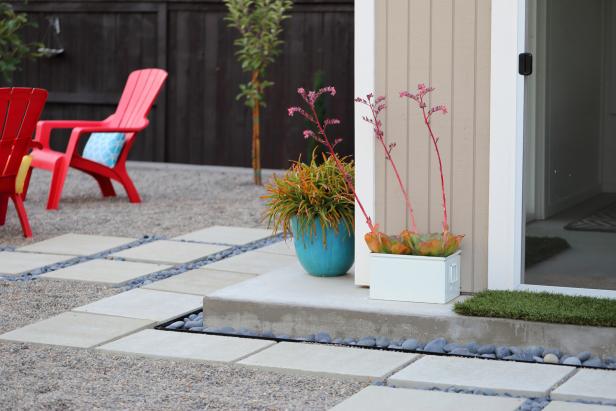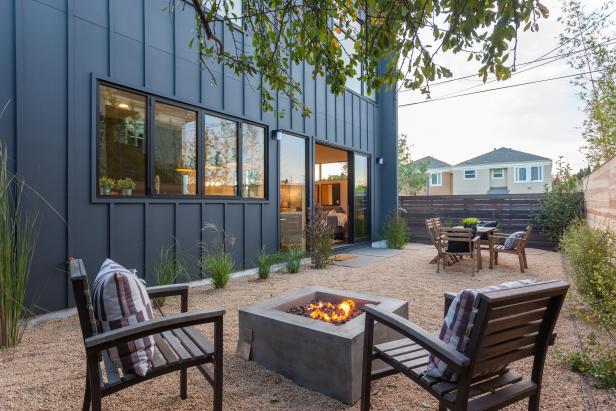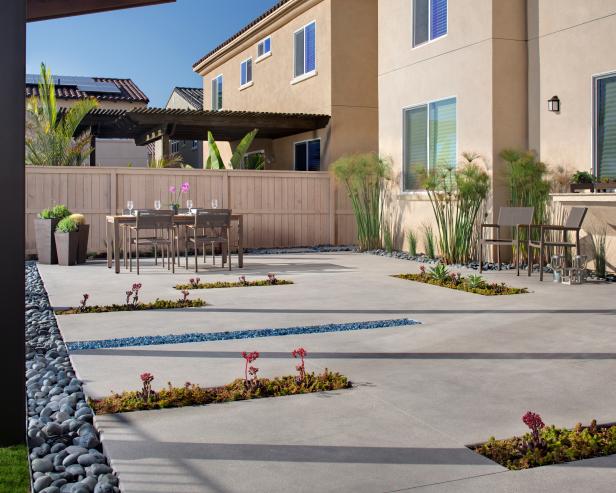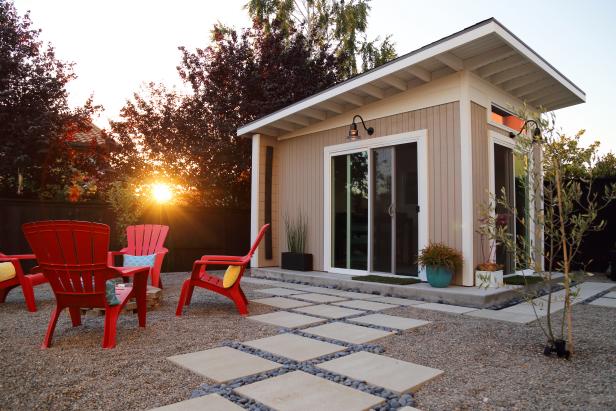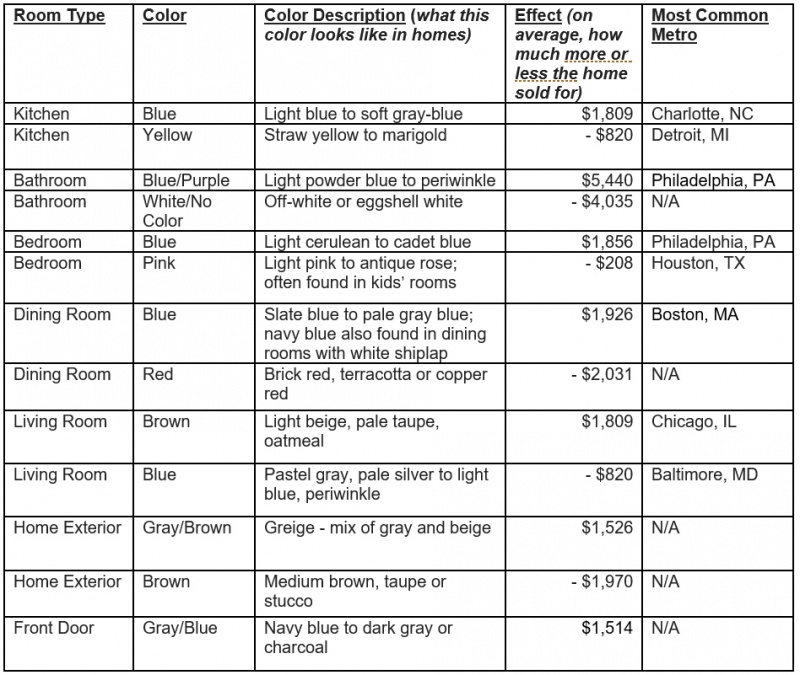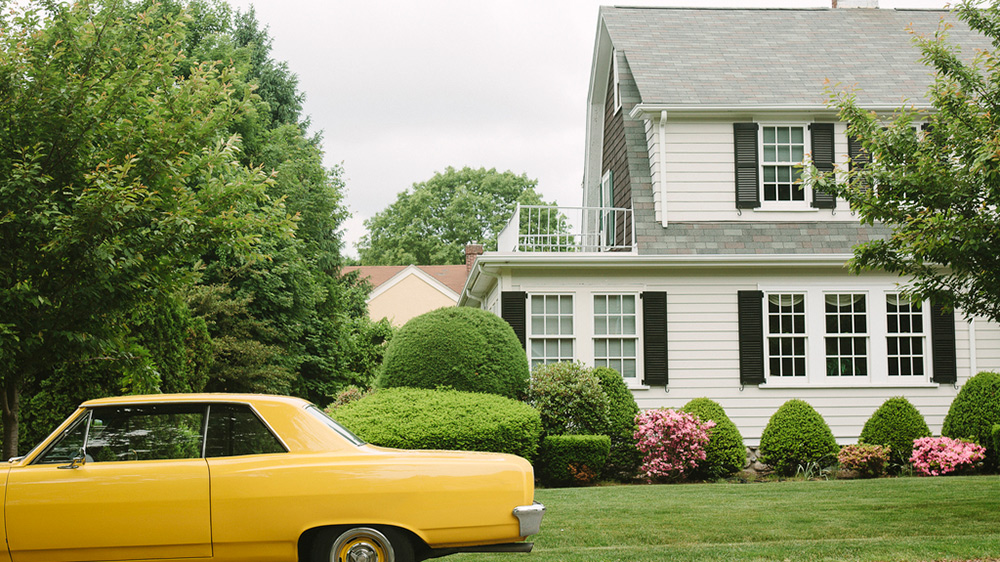Steering clear of homebuyer’s remorse requires more than just picking the right home in the right neighborhood. According to a 2016 survey by J.D. Power, 27% of new homeowners ultimately came to regret their choice of lender. One major reason for the dissatisfaction was overall poor customer experience, including lack of communication and unmet expectations. Another factor? Pressure from the lender to choose a particular product or loan. You can remove some of the tension and turmoil of house-hunting by carefully vetting potential lenders. Here are some questions to ask potential lenders before you commit.
Once again, your Vacaville community comes together to honor Relay For Life!

The 19th Annual American Cancer Society Relay for Life of Vacaville will be held on June 24th and 25th from 9:00 am to 9:00 am at Vaca Pena Middle School.
You don’t want to miss out on all a wonderful event for a truly worthwhile cause.
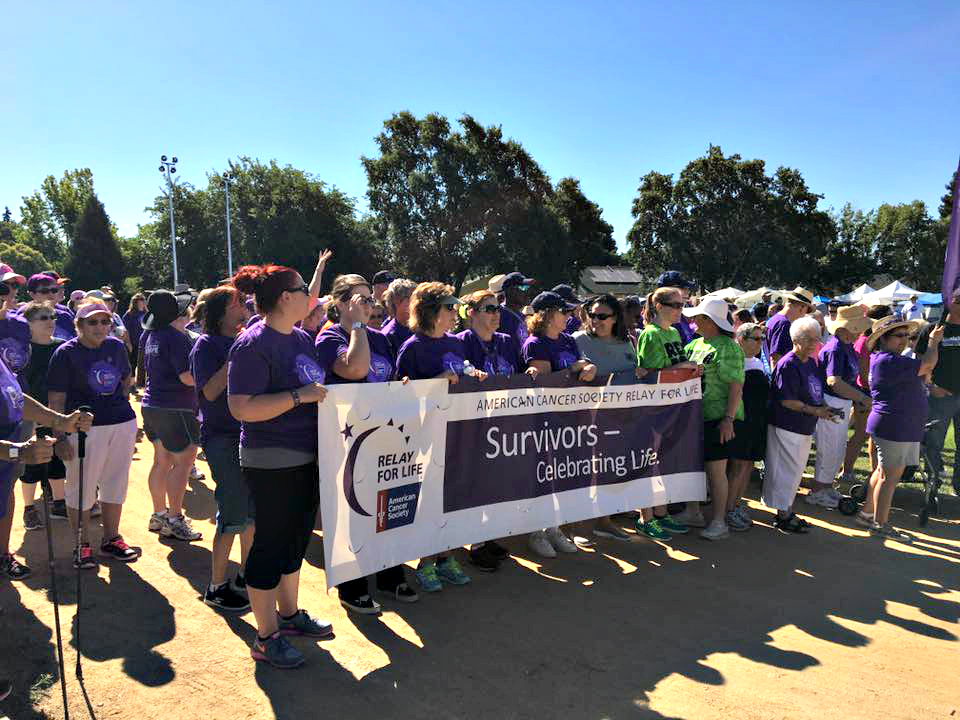
Relay For Life is a fun-filled overnight event designed to celebrate survivorship and raise money for research programs of your American Cancer Society. During the event teams of people gather together and take turns walking or running laps. Each team tries to keep at least on team member on the track at all times…because cancer never sleeps.
Originally started in May 1985 by Dr. Gordy Klatt, a surgeon in Tacoma, Washington. Dr. Klatt was determined that one person could make a difference and he proved it by raising over $27,000 on his own. Since then the Relay for Life has become the largest fundraising event for cancer in the world. Celebrated by more than 4 million people in over 20 countries, this inspirational overnight event empowers and unites local communities to fight cancer.
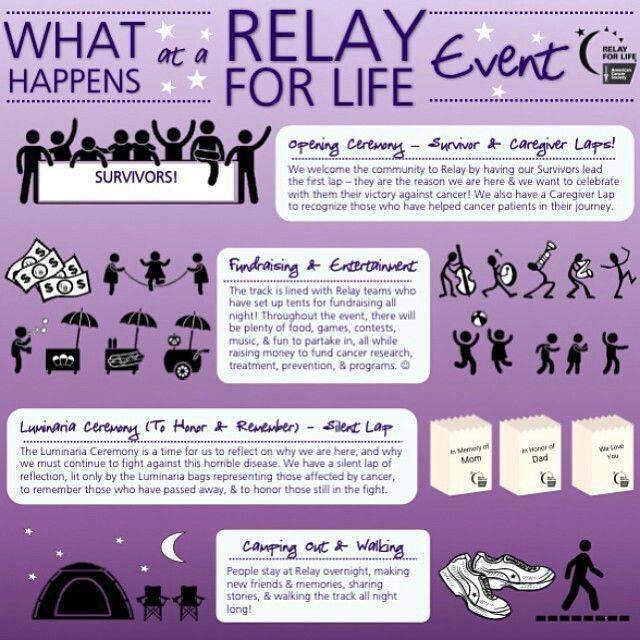
Teams, familys, individuals and companies all participate in this worthy and fulfulling event. So far the Vacaville chapter has raised almost $117,000 thus far this year, with the goal being $300,000. With the event less than 8 days away, they welcome your participation!!
Even if you can’t participate, come join the fun and games as the “players” relay round the track for the American Cancer Society. It’ll make you feel good…promise!
Checkout these links to: Vacaville Relay for Life Facebook page and also the American Cancer Society Relay for Life Vacaville page!

Source: Jayney Arden, American Cancer Society, Relay for Life Vacaville
New Neighborhood? 15 Things To Do Your First Week, Month, And Year


So you have settled in and ready to start exploring your new neighborhood? Check this out!
Ready or not, it’s time to jump into your brand-new lifestyle. These tips will help you find your place within your community and make it feel even more like home.
After the hard work of finding and moving into the perfect home, you’re finally ready for the best part: exploring your new neighborhood and city! Here’s what you should do in your first week, month, and year in a new place to help make it your home sweet home.
The first week: Organize and settle in
-
Get your bills in order.
You probably had the essentials switched over to your name so you wouldn’t be without them on move-in day. But you’ll need to make appointments for other services, like cable or home security, right after you move in. Other essentials may also have slipped off your radar, like neighborhood trash pickup dates, suggests Michael Kelczewski, a real estate agent with Brandywine Fine Properties Sotheby’s International Realty in Wilmington, DE.
-
Find your local resources.
No matter how organized you are, there will be items, like extension cords and towel rods, that you will need to pick up quickly to make sure that you feel settled, says Joan Kagan, sales manager at TripleMint Real Estate in New York, NY. Your first week is the best time to seek out these essentials and more. You’ll no doubt become well-acquainted with the nearby hardware store, but you’ll also want to stock that new fridge at the local grocery store, make friends with the barista at the neighborhood coffee shop, and hit the closest post office to have your mail forwarded.
-
Meet the neighbors.
This will give you some comfort in knowing who is around you, says Pat Eberle of RASO Realty in Cape Coral, FL. Neighbors are a great resource for [discovering] where all the local hot spots are, where to go for necessary services, and more. If you have children, this will also help them meet the neighborhood kids their age and start making friends.
-
Find your community online.
Nextdoor and neighborhood or community groups on Facebook are an easy way to start following what’s happening in your new neighborhood. A subscription to the local city magazine can’t hurt either. This way, you can stay on top of community events, safety issues, and meet more neighbors! says Lisa Sinn, a real estate agent with Keller Williams in San Antonio, TX. Want to untether from the laptop? Head to your local library or coffee shop and scope out the bulletin boards for upcoming events or local businesses to try.
-
Study the rules.
Before you jump into those home improvement projects, make sure they’re not against the rules of your homeowners association (HOA) or local zoning laws. If you live in a historic district, you may even have to get your paint colors approved! And be careful not to overlook those easy-to-forget loose ends. During your home-buying process, there are lots of deadlines and time frames to be aware of, explains Eberle. After closing, you will also need to check on items like your property taxes, can you request a homestead exemption, etc.
The first month: Explore and grow
-
Dine like a local.
Try different restaurants, supermarkets, coffee shops, and bars in the neighborhood, says Kagan. One of the great things about living in a city like New York is the great variety of resources within walking distance. You can choose your favorites and start to build a community.
-
Extend invites.
The sooner you make friends in a new city, the sooner it will start to feel like home. When people find out that you are moving to New York, they will tell you about their college roommate’s niece, their brother-in-law’s cousin, their former baby sitter, all of whom have moved to New York, says Kagan. Whether you live in the city or in a more suburban area, don’t roll your eyes at these connections. Make the effort to get together with all of them they will invite you to meet others and share their tips.
-
Follow your interests.
Local charities are always looking for volunteers and church groups are always looking for new members. City recreation facilities often offer classes for kids and adults. This can also be a great way to meet other locals that have similar interests.
-
Pitch in.
Offering to assist a neighbor with a project can also be a great way to break into the neighborhood. If you are in a cold area with snow, help with snow removal. If you are where the weather is nice, help with lawn mowing, trimming, raking leaves, or other projects. The favor will likely be returned in the future!
-
Meet your HOA president.
This person can be a great ally when it comes to neighbors breaking the rules (ahem, not mowing their lawns, partying too loudly, etc.). Get to know them well, advises Sinn, so you can get your voice heard.
The first year: Practice good citizenship
-
Take advantage of your city.
You chose your neighborhood for its character, proximity to work, or its other perks. Now’s the time to explore other neighborhoods nearby for hidden gems. Go to the theater! Visit museums and concerts. Take advantage of your town’s amazing parks! says Kagan. Explore a different neighborhood every month. Knowing your city better will help you feel more connected and give you even more favorite places to come back to again and again.
-
Start a group.
Make an effort to stay connected with your neighbors, even if you don’t click right away. In the first year in a neighborhood, you will find that some of your neighbors and you will click and they will become friends. They’re a built-in source of information and support nearby. To stay in touch, launch a book club, dinner club, or other type of regular get-together on a schedule that works for everyone. It’s a low-pressure way to forge a deeper connection with those around you.
-
Host for a holiday.
Pick a holiday and plan an event in your home. Invite the neighbors or friends from unconnected groups. Think of it as your own mixer. Who knows? Maybe you’ll inspire some more friends to move to your neighborhood and make next year’s parties even better.
-
Attend HOA meetings.
Attend as many as possible so you’re aware of exactly what’s happening in your community regularly, says Sinn. If you have time, you might consider joining in a more official capacity, which lets you contribute to future plans and provides insights into neighborhood changes.
-
Make goals for next year.
Reflect on your first year in your new neighborhood and make goals for the next one. Would you like to get more involved, perhaps in a leadership role with your HOA? Have you noticed congestion or traffic issues that you could work with your neighbors to resolve? Maybe you’d like to support a local nonprofit or school by organizing a 5K race through your neighborhood. Or perhaps there’s a beautification effort you could launch. Whatever you choose, you’ll be on a path to deepen your involvement in your community.
Source: Trulia Blog
Do You Know How to Prep Your Home For Summer?


Summertime….and the living is easy! If you know how to prep for it!
Our friends at HomeAdvisor 5 important steps for prepping your home for summer.
While summertime is perfect for outdoor gatherings with friends and family, it can also be a dangerous, and inefficient, time for your home. That’s why it’s important to have a preparation strategy in place before the hotter months arrive. These quick tips will help you prep your home for summer, and ensure it stays safe and inviting all summer long.
Schedule an Air Conditioning (AC) Inspection
Suffering through the hottest summer months with no AC isn’t fun, especially if you’re playing host to friends or family. Having an AC professional look at your unit before summer officially arrives will address any potential problems before they become major headaches. You can also DIY some preliminary maintenance. Clearing saplings, grass and other underbrush away from your unit will improve airflow and help prevent clogs. Replacing the air filters in your home’s HVAC will also help your AC function at its peak efficiency.
Look for Insulation Leaks and Inefficiencies
Poor insulation will allow cooled air to escape, resulting in a hot home and enormous energy bills. Fortunately, spotting faulty insulation isn’t difficult. Begin by looking for deterioration around your doors and windows. Caulk, door sweeps and weather stripping should address the majority of your door- and window-related leaks. It’s also a good idea to have a professional perform an energy audit. Pros will be able to identify hard-to-spot inefficiencies in other parts of your home and HVAC system.
Prep for Pests
It wouldn’t be summer without pests. And in addition to being an annoyance, some pests can actually damage your home and even present health problems. Spraying insect barriers around the exterior of your home is a good beginning, but it’s also important to prep the interior of your home. Sealing all food sources and potential entry points like window frames and doors is an important part of finalizing your pest proofing.
P.S. Be sure to read any warnings or instructions that come with pesticides. Improper applications can threaten the safety of your home, especially if you have pets or small children.
Inspect Your Roof
Summer is mostly known for its beautiful weather, but it can also be a time of severe thunderstorms or worse. This makes having a sturdy roof very important, especially during inclement summertime weather. Begin your inspection by looking for loose shingles, faulty flashing or other clear signs of damage. Your attic can also be home to leaks, rot and other problems not obvious from the outside of your home. Examining your attic insulation, walls and rafters for signs of moisture will help you prevent water damage and structural deterioration. If you notice signs of damage, it’s best to call a pro. Roof repair can be extensive and are rarely DIY-appropriate.
Reinvigorate Your Outdoor Spaces
Wintertime can take a toll on the appearance of your yard, patio and other outdoor living areas. Removing downed tree limbs, replanting dead flowers and power washing your patio and decking are simple ways to jumpstart your home’s summertime exterior. Your grill can also accumulate gunk during the colder months. Be sure to clean its interior and exterior before your first BBQ. Updating your tired outdoor furniture will also improve the looks and comfort of your entertainment areas. Wrap-around sofas, comfy loveseats and luxurious hammocks are ideal additions to any outdoor space. You can perfect your entertainment areas with colorful throw pillows, planters, hanging candles and outdoor lighting.
Source: CB Blue Matter
Coldwell Banker Real Estate Gets Vocal – Announcing Our First Amazon Alexa Skill


Smart Home Ready! Meet Alexa and Coldwell Bankers first Alexa skill!
Coldwell Banker teamed up with Amazon’s Alexa to create its first Alexa skill, an extension of the popular Home of the Week series.
We’ve all heard that real estate is local, but Coldwell Banker has put its own spin on the adage, declaring all real estate is Vocal by announcing its first Amazon Alexa Skill, which will be available by the end of June.
What’s a Skill? An Amazon Alexa Skill is essentially an app for Amazon’s voice controlled Echo speakers.
How does it work? By prompting Amazon’s voice assistant with Alexa, Ask Coldwell Banker for the Home of the Week,users will hear a one-minute description of a featured Coldwell Banker listing and can be connected to their local Coldwell Banker office. The Skill is an extension of the Home of the Week video series which profiles the hottest Coldwell Banker listings each week.
Why develop the Skill? Consumer demand spurred development of the skill after a January Coldwell Banker survey found that 72% of consumers with smart home tech wanted voice control products. Coldwell Banker also surveyed nearly 1,000 Coldwell Banker real estate professionals and found that 79% of respondents report that home buyers are interested in smart home technology, underscoring growing demand for voice controlled assistants and other smart home devices.
Not only will this fulfill consumer demand, it will also provide agents with the ability to market their listings in a new and exciting way. Alexa users will be connected with their local Coldwell Banker office through the Alexa smartphone app.
How can I try this out for myself? If you have an Amazon Echo or Echo Dot, you can search for the Coldwell Banker Home of the Week Skill in the Amazon Alexa smartphone app, or simply ask Alexa to Enable Coldwell Banker Home of the Week later this month.
If you don’t already own an Echo or Echo Dot you’re in luck! Coldwell Banker is thrilled to announce that the Echo Dot will be joining its existing Smart Home Staging Kit alongside products from Nest, August and Lutron. Now homeowners and agents showing smart homes can control the house’s core functions through simple voice commands.
Interested in buying your own kit? Be sure to visit SmartHomeStaging.com and speak to your Coldwell Banker agent to take advantage of the exclusive promotional pricing!
So what’s next? Coldwell Banker looks forward to expanding its voice control capabilities for agents, buyers and sellers in the near future. Stay tuned!
Source: CB Blue Matter
Are You Making These 5 Lawn Watering Mistakes?
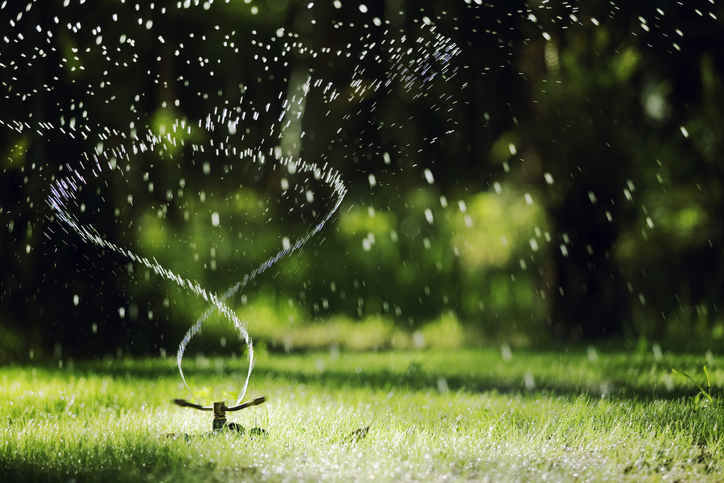

Ahhhh, the sweet smell of cut grass in the air…a true harbinger of summertime. Keeping that lawn green can be tricky without these great tips on watering!
Proper watering nourishes lawns, just as proper hydration nourishes our bodies. Yet too many of us are failing at both. We’re not going to lecture you about drinking more water, well leave that to your doctor or significant other. But we are going to give you a lesson about correctly watering your lawn.
Here are five lawn-watering mistakes that you’re likely making right now and ways you can fix those mistakes.
1. You’re over-watering your lawn.
Many homeowners drench their lawns with water. However, that’s not a wise move. Over-watering can leave your lawn susceptible to fungus and other diseases. It also can cause your lawn to grow too quickly and can wash away costly fertilizers, according to PlantCareToday.com. In addition, drowning your lawn wastes water.
To avoid excessive watering, PlantCareToday.com recommends buying a soil moisture meter. These meters are very simple and valuable tools that you can pick up for $10 or so at any garden center or home store, the website says.
Lawn care experts say most lawns need one inch of water per week. However, that’s merely a rule of (green) thumb, as watering requirements vary according to grass type, climate and seasonal changes. The amount of water required for an established lawn will be determined by its overall health, beauty, and ability to withstand use and drought, says Turfgrass Producers International, a trade group for sod growers.
Related: Spring Lawn Care Tips You Can Do Now
2. You’re under-watering your new lawn.
While your existing lawn may be getting too much water, your newly planted lawn may not be getting enough. Bayer Advanced, a maker of lawn and garden chemicals, says a new lawn is in a critical stage during its first year. Don’t rely solely on rainfall to establish a healthy, deep root system provide supplemental irrigation during the first year of growth, Bayer Advanced suggests.
How much irrigation you do depends on factors such as the type of grass and the climate.
3. You’re not monitoring your irrigation system.
If you’ve set up an automatically timed irrigation system to water your lawn, don’t put it on autopilot.
Irrigation timers are not set it and forget it devices, says Lee Miller, a turf pathologist at University of Missouri Extension. You’re not cooking turkey for Thanksgiving dinner. Sprinklers should be adjusted according to precipitation events.
For instance, if it’s been steadily raining the past two days, your sprinkler system should be off for a while afterward. The San Diego County Water Authority recommends turning off the sprinklers for two weeks after significant rainfall. After a storm, do not begin watering again until the top 1 to 2 inches of soil are dry. Lawns that lose their lush green luster will rejuvenate with the next rain, says Jeff Stephenson, principal water resources specialist at the San Diego Water Authority.
Researchers at Kansas State University found that 65 – 83 percent of homeowners surveyed in three Kansas cities didn’t know how much water their lawn irrigation systems had applied.
In reality, deep and infrequent irrigation makes for deeper root systems, UM’s Miller says.
4. You’re watering your lawn at the wrong time.
The worst time to water your lawn is when you’re probably sound asleep. Watering after dark soaks the lawn overnight; a soggy lawn invites fungus and other diseases to invade your grass.
When’s the best time to water your lawn? Experts says it’s around 4-8 a.m., before many of us have sipped our first cup of coffee.
Watering the lawn early in the morning gives it a good supply of water to survive the heat of the day, according to University of Illinois Extension. Early morning also tends to be when wind speeds are lower and, therefore, when water evaporation is less likely to occur.
5. You’re assuming that you’ve got to water brown grass.
When your lawn is brown, you might think it’s parched. However, it may simply have gone dormant during hot weather or drought conditions. Dormancy is simply a state of reduced water usage where the turfgrass … focuses resources on the roots, the Lawn Institute says. Dormant turfgrass will turn brown and is often considered unsightly, but it will recover when conditions improve.
In other words, brown grass doesn’t necessarily equal dying grass.
The institute says summer dormancy is a normal response to heat and drought, and most lawns can stay dormant for at least three to four weeks without dying.
During the summer, the worst that will happen if lawns are not watered is that weaker parts of the lawn or areas in hot spots will die, according to the Oregon State University Extension Service. When fall returns, lawns can be reseeded and will recover just fine over the winter.
Source: RisMedia’s Housecall

 Facebook
Facebook
 X
X
 Pinterest
Pinterest
 Copy Link
Copy Link

